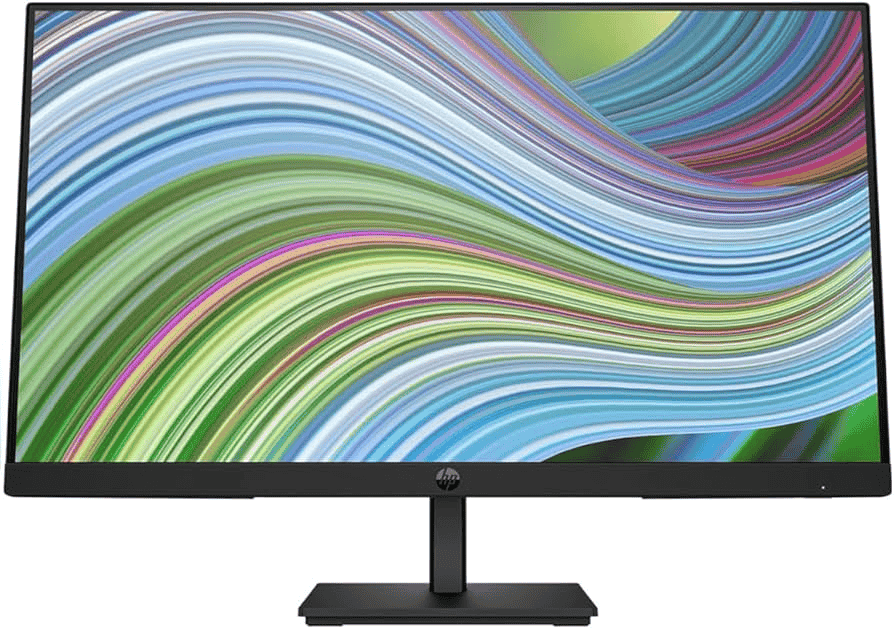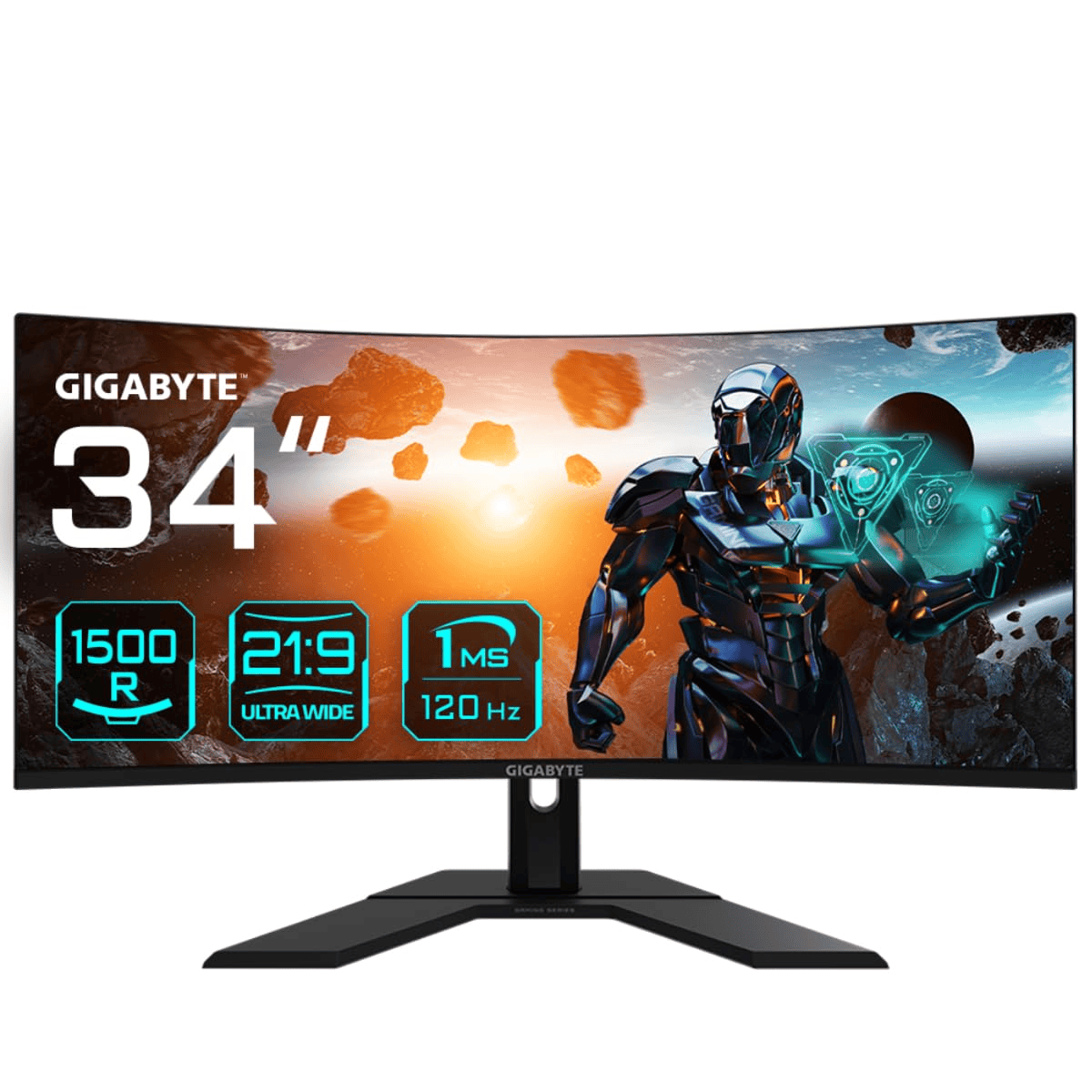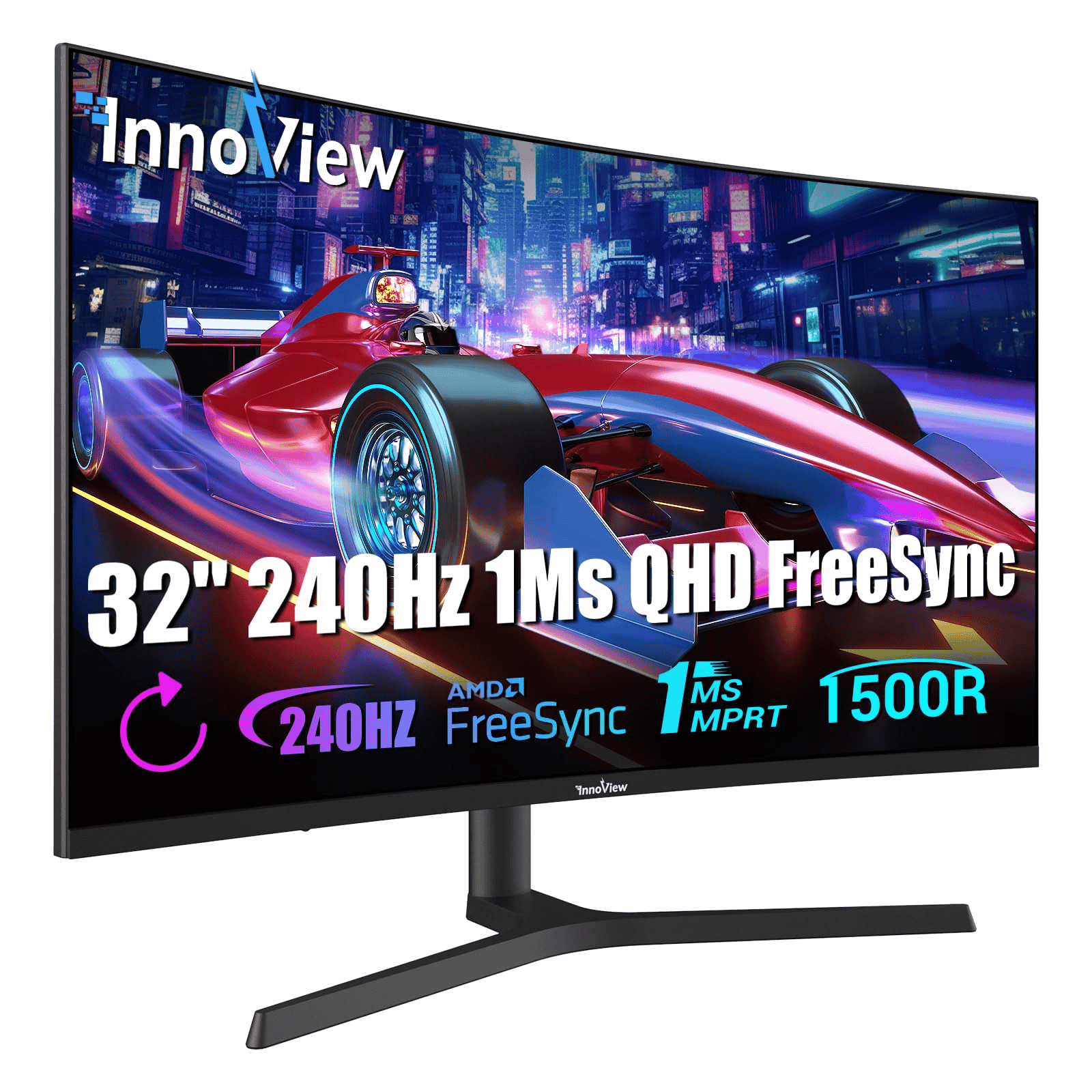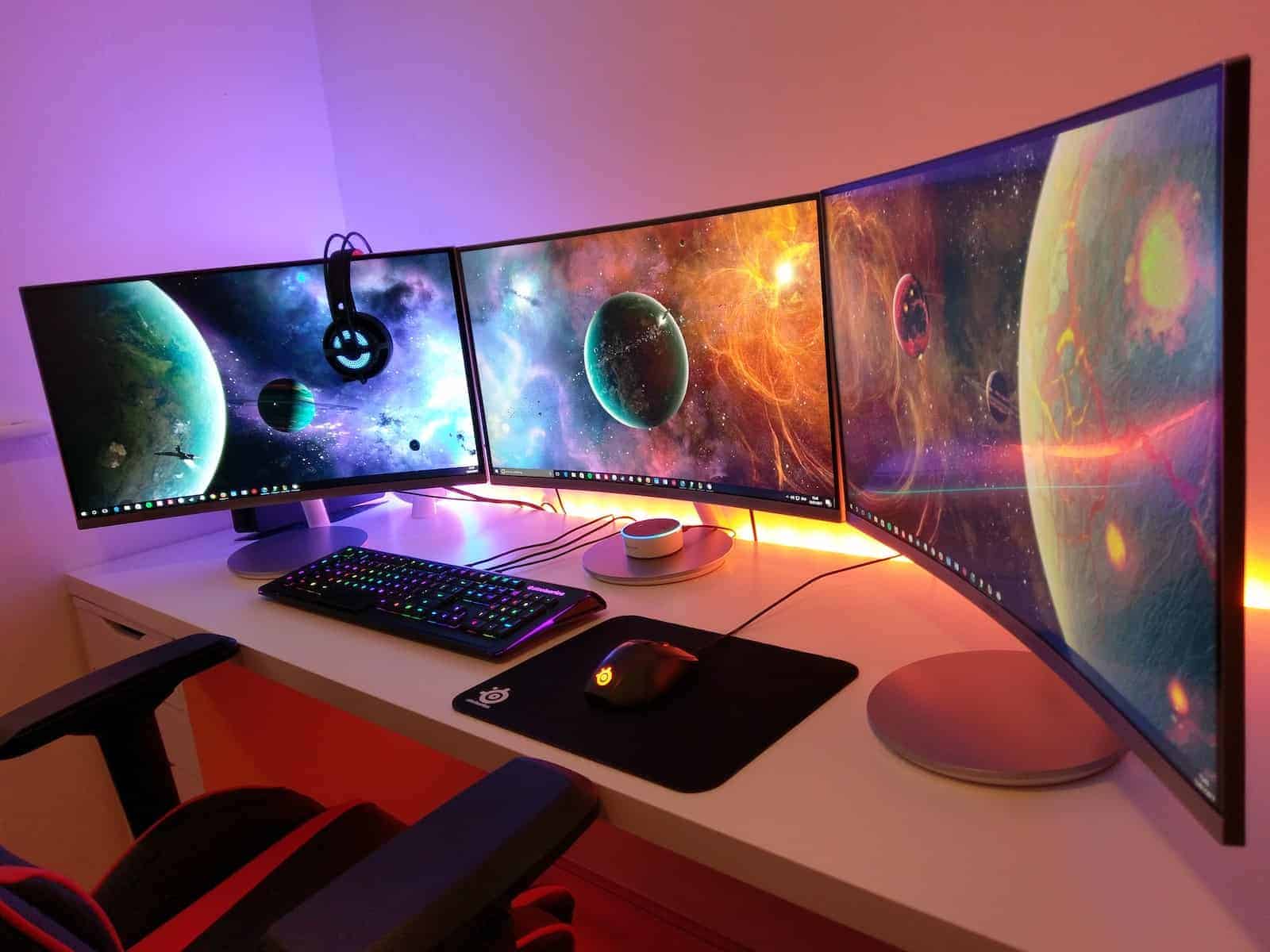Monitor refresh rates are important for how well images and motion appear on your screen. The refresh rate, measured in hertz (Hz), shows how many times a monitor updates its display each second. Common rates are 60Hz, 120Hz, 144Hz, and 240Hz. Higher refresh rates mean smoother motion and less blur, which is especially helpful for fast games and action videos. This guide explains the differences between 60Hz, 120Hz, 144Hz, and 240Hz monitors to help you choose the right one for your needs and budget. Whether you use a computer casually, game for fun, or play in competitive esports, this information will help you pick the best refresh rate for a better viewing experience.
Your choice depends on what you do with your monitor. A 60Hz monitor is still fine for basic tasks and casual use. If you want better visual quality, 120Hz and 144Hz monitors give you smoother motion. For serious gamers, 240Hz monitors offer ultra-smooth visuals that enhance fast-paced gameplay. The difference between refresh rates is clearer at lower numbers. You’ll notice a big jump from 60Hz to 144Hz, but the improvement from 144Hz to 240Hz might be less noticeable for some people. When choosing a monitor, also think about display resolution, response time, and your computer’s power.
Choosing the Right Refresh Rate: 60Hz vs. 120Hz vs. 144Hz vs. 240Hz Monitors
The refresh rate of a monitor dictates how many times per second the screen refreshes the image. Higher refresh rates result in smoother motion and reduced blur, which can be particularly important for gaming and other fast-paced activities. But is a higher refresh rate always better? Let’s break down the differences between 60Hz, 120Hz, 144Hz, and 240Hz monitors.
60Hz Monitors

- Standard refresh rate: Most basic monitors have a 60Hz refresh rate. This means the screen refreshes the image 60 times per second.
- Adequate for everyday use: 60Hz is sufficient for general tasks like web browsing, email, and office work.
- Less ideal for gaming: For fast-paced games, 60Hz can lead to noticeable motion blur and choppiness.
120Hz Monitors

- Smoother motion: 120Hz monitors offer a noticeable improvement in motion smoothness compared to 60Hz.
- Good for gaming: 120Hz provides a more responsive and fluid gaming experience, especially in fast-paced action games.
- More affordable than higher refresh rates: 120Hz monitors are generally more budget-friendly than 144Hz or 240Hz options.
144Hz Monitors

- Popular choice for gamers: 144Hz has become a popular standard for gaming monitors.
- Very smooth motion: 144Hz offers a significant improvement in motion clarity and reduces motion blur even further.
- Competitive edge: The smoother motion can provide a competitive advantage in fast-paced games.
240Hz Monitors

- Ultimate smoothness: 240Hz offers the smoothest motion and the lowest input lag.
- Ideal for competitive gaming: 240Hz can be beneficial for esports and competitive gaming where every millisecond counts.
- Most expensive option: 240Hz monitors are typically the most expensive.
Which Refresh Rate is Right for You?
Here’s a quick guide to help you decide:
- 60Hz: Sufficient for everyday tasks and casual gaming.
- 120Hz: A good balance of performance and price for gamers.
- 144Hz: A popular choice for serious gamers who want smooth motion.
- 240Hz: Ideal for competitive gamers who demand the absolute best performance.
Factors to Consider
- Your budget: Higher refresh rate monitors are generally more expensive.
- Your primary use: If you primarily game, a higher refresh rate is beneficial.
- Your graphics card: Your graphics card needs to be powerful enough to output high frame rates to take full advantage of a high refresh rate monitor.
Understanding Response Time
Response time is another important factor to consider when choosing a monitor. It measures how quickly a pixel can change from one color to another. Lower response times result in less ghosting and motion blur. Look for monitors with a response time of 1ms or less for the best gaming experience.
Key Takeaways
- Higher refresh rates offer smoother motion and reduced blur in displays
- The difference between refresh rates becomes less noticeable at higher numbers
- Monitor choice should consider individual needs, preferences, and hardware capabilities
Understanding Monitor Refresh Rates
Monitor refresh rates play a crucial role in display performance and user experience. They affect image smoothness, motion clarity, and overall visual quality across various applications.
Defining Refresh Rate and its Importance in Monitors
Refresh rate measures how many times a monitor updates its image per second. It’s expressed in Hertz (Hz). A 60Hz monitor refreshes 60 times per second, while a 240Hz monitor refreshes 240 times per second.
Higher refresh rates create smoother motion and reduce screen tearing. This is especially noticeable in fast-moving content like video games or sports broadcasts.
For everyday tasks like web browsing or office work, 60Hz is often sufficient. However, higher refresh rates can reduce eye strain during prolonged use.
Comparing 60Hz, 120Hz, 144Hz, and 240Hz Refresh Rates
60Hz: Standard refresh rate for many monitors
- Suitable for basic tasks and casual gaming
- Most affordable option
120Hz: Significant improvement over 60Hz
- Smoother motion in games and videos
- Good balance of performance and cost
144Hz: Popular among gamers
- Very fluid gameplay
- Reduced input lag
240Hz: Highest common refresh rate
- Ultra-smooth motion
- Minimal motion blur
- Preferred by competitive gamers
Higher refresh rates offer diminishing returns. The jump from 60Hz to 120Hz is more noticeable than from 144Hz to 240Hz.
Impact of Refresh Rate on Gaming and Professional Use
Gaming: Higher refresh rates provide a competitive edge. They reduce input lag and improve motion clarity, allowing gamers to react faster and track moving objects more easily.
Fast-paced games benefit most from high refresh rates. First-person shooters, racing games, and fighting games see significant improvements.
Professional use: Content creators and video editors benefit from higher refresh rates when working with high-frame-rate footage. It allows for smoother playback and more accurate visual representation.
Graphic designers may prefer higher refresh rates for smoother cursor movement and reduced eye strain during long work sessions.
High Refresh Rates vs. Resolution: Finding the Balance
Balancing refresh rate and resolution is crucial. Higher resolutions (like 4K) require more processing power, which can limit achievable frame rates.
1080p monitors often offer the highest refresh rates (up to 360Hz).
4K monitors typically max out at 144Hz due to bandwidth limitations.
Considerations:
- GPU power: Higher refresh rates need powerful graphics cards
- Monitor technology: IPS, VA, or TN panels affect image quality
- Budget: Higher refresh rate monitors tend to be more expensive
For gaming, many users prefer 1440p at 144Hz or 165Hz as a sweet spot between resolution and refresh rate.







